In July 1985, in the heart of the Karakoram, two climbers, Wojciech Kurtyka of Poland and Robert Schauer of Austria, set out to confront a face that was long whispered about in the mountaineering world, the untouched, 2,500-meter-high west face of Gasherbrum IV.
The mountain was legendary. Gasherbrum IV, 7,925 meters, stood like a sentinel in the Baltoro, its west face dubbed the “Shining Wall”, a name spoken with equal parts reverence and fear. It had defeated five major expeditions: American, British, Japanese. Each came strong, each retreated. Kurtyka and Schauer would try in alpine style. No fixed camps. No porters. No support.
They acclimatized on the mountain’s north ridge, stashing foods at 7,100 meters. Then, on July 13, they began.
The wall was soaring soared above, unbroken and sheer. Early days were filled with mixed climbing on crumbling rock and marble so dense it offered no protection. Snowfields rose steep and deep. Their route, untested, turned vertical.
The first bivouacs were miserable. On nights two and three, they sat sleepless and separated on needle-thin rock spires with sleeping bags their only defense. On later nights, winds screamed down the wall, carrying spindrift like knives. They hacked ledges from the ice and buried themselves in a bivouac sack, praying for the morning.
Still they moved upward.
By July 18, the sixth day, they had reached 7,800 meters, just beneath the summit ridge. But their resources were gone. No food. No fuel. No water. Then the storm arrived.
For two nights they clung to a sliver of a snow ledge while avalanches crashed around them and hurricane winds suffocated their breath. They were wrapped only in a bivy sack, buried again and again in snow. They fought not just to survive, but to keep their hope alive.
The sky finally cleared late on the second night. It felt like mercy.
But the mountain was not done. On July 20, they emerged from the wall exhausted, starved, parched, onto the narrow summit ridge. Just a few horizontal meters remained to the very top of Gasherbrum IV. But the decision came quickly and clearly: they would not continue. The wall had taken everything. They turned away and began the descent immediately.
From July 20 to 23, they descended the north ridge retracing their earlier acclimatization line. There, at 7,100 meters, they recovered their food cache. After four days without food and three without water, thirty candies and a cup of tea felt like a feast from the gods.
But what lingered most were not the hardships, but the strange beauty of high-altitude experience.
They’d tunneled vertically through waist-deep snow. They’d led 80-meter pitches of Grade V climbing without protection. They’d hallucinated music and voices, Barbra Streisand and Santana, born from the wind and rope noise. They’d seen shapes in the clouds, companions in the rock. They’d felt the presence of a “third man,” a silent, invisible partner.
And sleep became a haunting rhythm. Sudden blackouts at belays. Dreams in seconds. Visions of food that mocked the hunger.
The climb had lasted eleven days. It was a triumph of style and survival. One of the great ascents of the 20th century.
Yet Kurtyka’s conclusion was bittersweet.
The mountain had taught them everything, about commitment, suffering, beauty, madness. And still, it had them the summit.
“It was the most beautiful and mysterious climb I have ever done,” Kurtyka later wrote. “But I feel miserable for having failed to reach the summit. I can’t resist the conviction that this Beautiful Mountain and its Shining Wall are too splendid and too perfect to consider any ascent of it without its most essential point, the summit, as really completed.”
They did not reach the summit, but what they touched was the soul of the mountain.


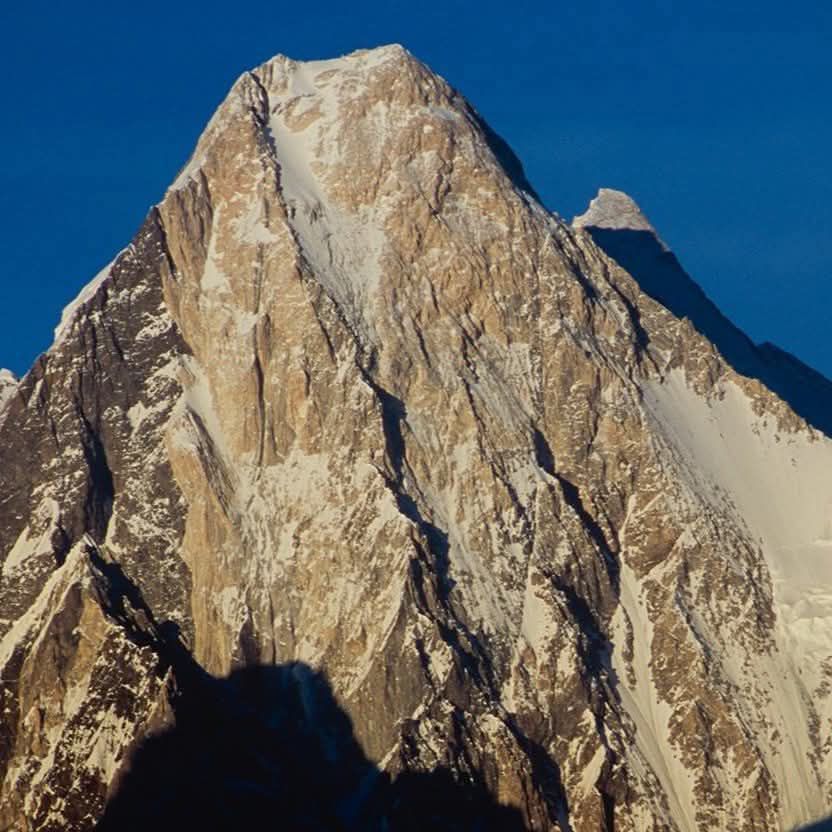
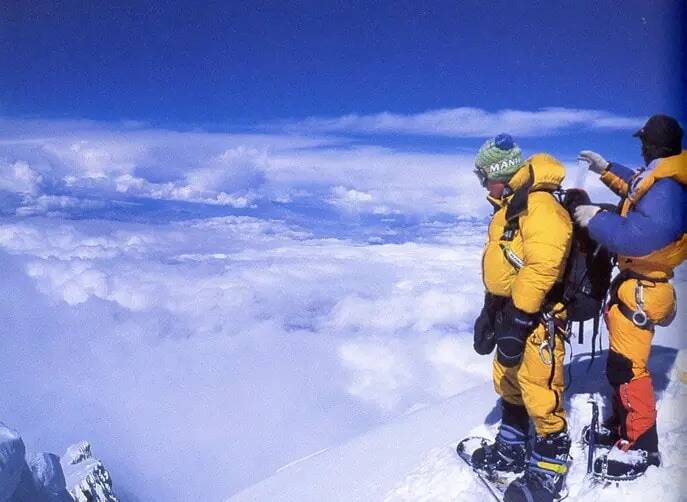
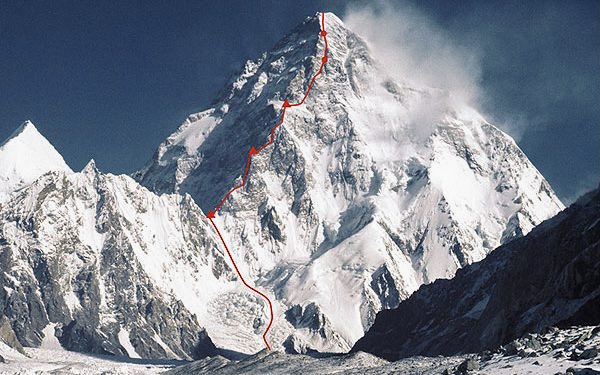
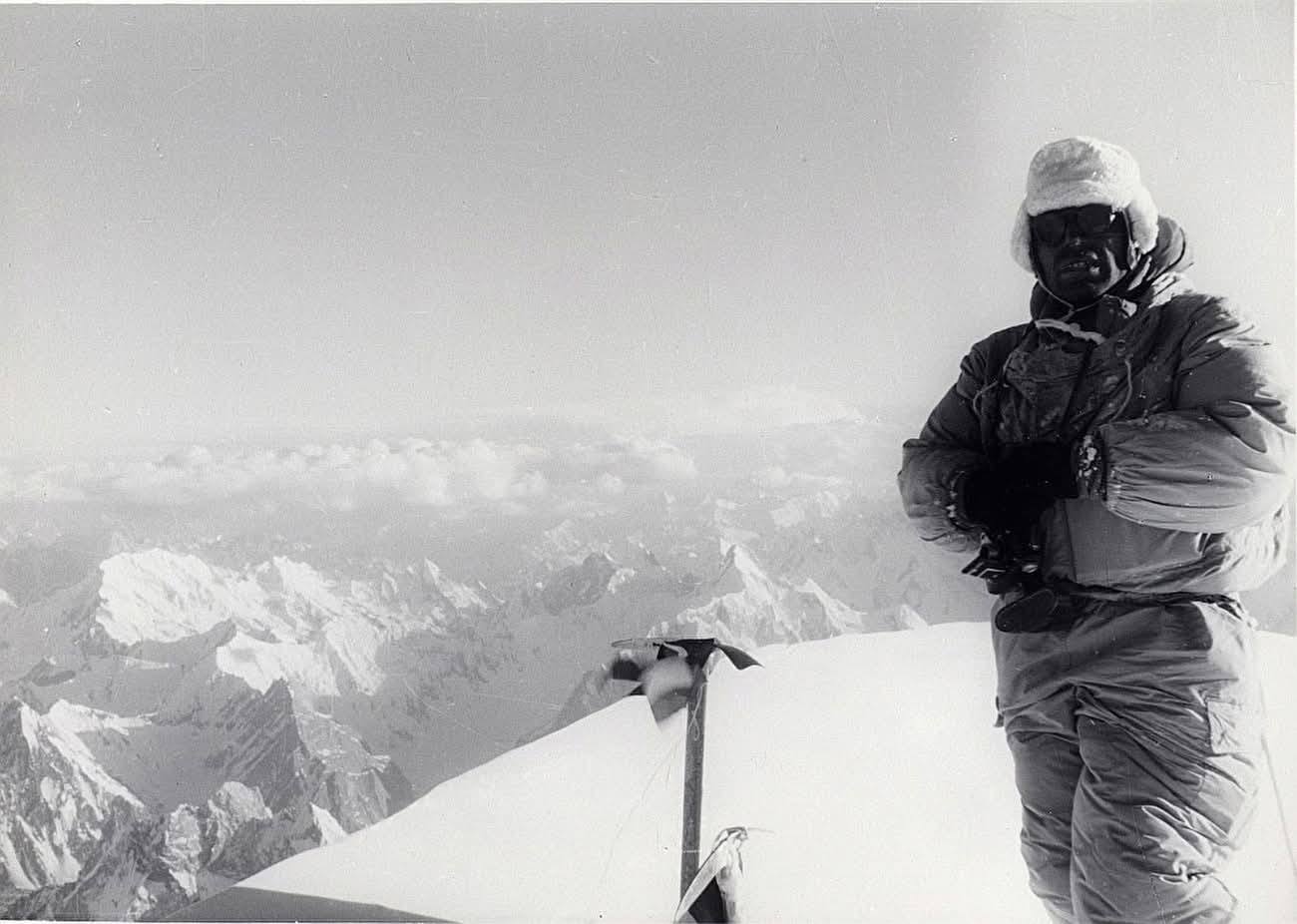
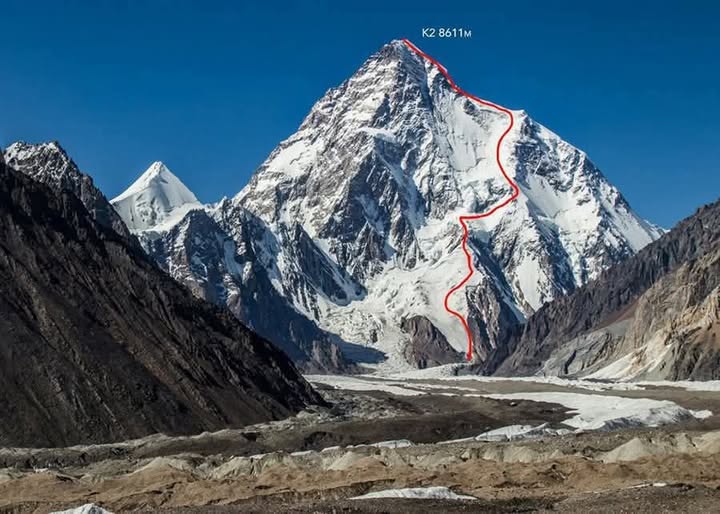
Beautifully written.
As the quote goes:-
“Those Himalayas of the mind are not so easily possessed.
There is more than storm and precipice between you and your Everest.”